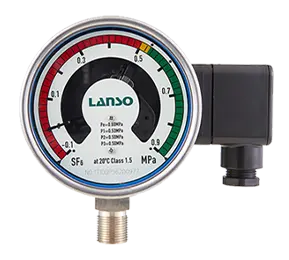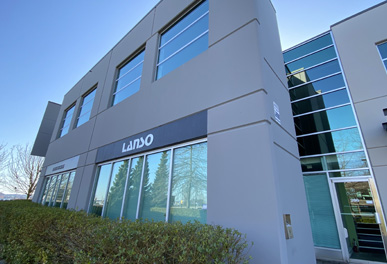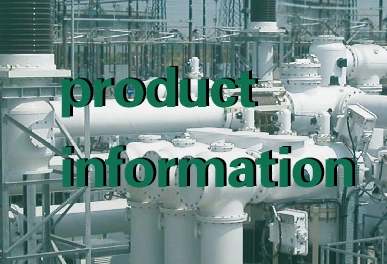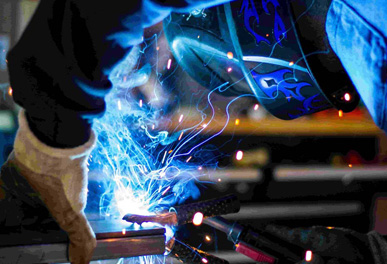Basis of Using SF6 Relay
Based on existing experience and theoretical analysis, this type of SF6 relay is adopted on the following basis.
While the pure SF6 gas pressure-temperature curve is more complex, within a certain temperature range, the relationship between SF6 gas pressure and absolute temperature change is still linear. Therefore, each equipment manufacturer adopts a portion of the actual SF6 gas pressure-temperature curve, that is, the pressure of SF6 gas changes with temperature, but in a fixed container, as long as there is no gas leakage, the density value of SF6 gas remains the same. If there is a gas leakage, the density value of SF6 gas changes proportionally as a function of pressure. Therefore, theoretically it is feasible to use pressure monitoring devices to detect leaks.
The bellows-type pressure gauge has the characteristics of simple structure, mature manufacturing process and technical standards, accurate measurement, low cost, etc., suitable for large-scale manufacturing and use. When the circuit breaker is filled with sulfur hexafluoride gas, usually after 24 hours, the internal temperature of the SF6 circuit breaker increases to reach a balance with the external environment temperature. Regardless of whether the SF6 gas is affected by environmental temperature, due to the temperature compensation effect of the double-layer metal strip, its pressure increases or decreases, the pointer of the gas density meter should always indicate the actual density (pressure) value of SF6 gas at 20℃. When the quality of SF6 gas decreases due to gas leakage or testing gas, the pressure changes, and the pointer points in the direction of decreasing density (or pressure) indication value, resulting in a decrease in the indicated density (or pressure) value.
SF6 Relay Operational Precautions
The SF6 relay can only accurately measure the density (or pressure) value of SF6 gas after the SF6 equipment has stopped running and the temperatures inside and outside the equipment have reached a balance.
The SF6 relay acts as a temperature compensation effect of the double-layer metal strip, only compensating for the changes in density (or pressure) values caused by changes in environmental temperature, not compensating for the changes in density values (or pressure values) caused by the increase in internal equipment temperature.
The main function of the SF6 relay and gas density meter is to monitor whether SF6 gas is leaking. When the temperature difference inside and outside the equipment reaches a balance, changes in density (pressure) readings can be used to determine if gas is leaking.
When the circuit breaker is put into operation, the electrical energy consumed due to the load current passing through the conductor resistance and contact resistance of the conducting circuit will all be converted into heat energy, heating the SF6 gas and increasing the temperature, leading to a pressure increase and an increase in density meter reading. This is a normal phenomenon for the gas density meter. If at this time the instrument reading is very low, it should be judged whether there is a gas leak in the equipment or in both cases the quantity of gas filled in the equipment is small.
Related Article for Reference
Verification of SF6 Gas Relay at Extreme Temperatures
Currently, the SF6 relay is mainly calibrated at room temperature, and it is unable to accurately evaluate the temperature of the relay under extreme conditions. When the environmental temperature bec...
Wed 08 2023
Role and Monitoring Key Points of SF6 Relay
In the power industry, SF6 relays play a crucial role. They not only help monitor the density of SF6 gas but also ensure the safe and stable operation of power equipment. This article will delve into ...
Wed 11 2024







